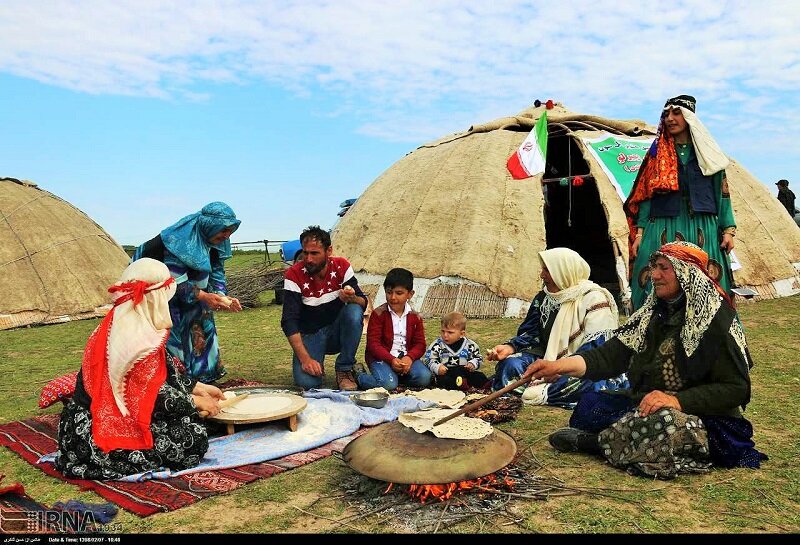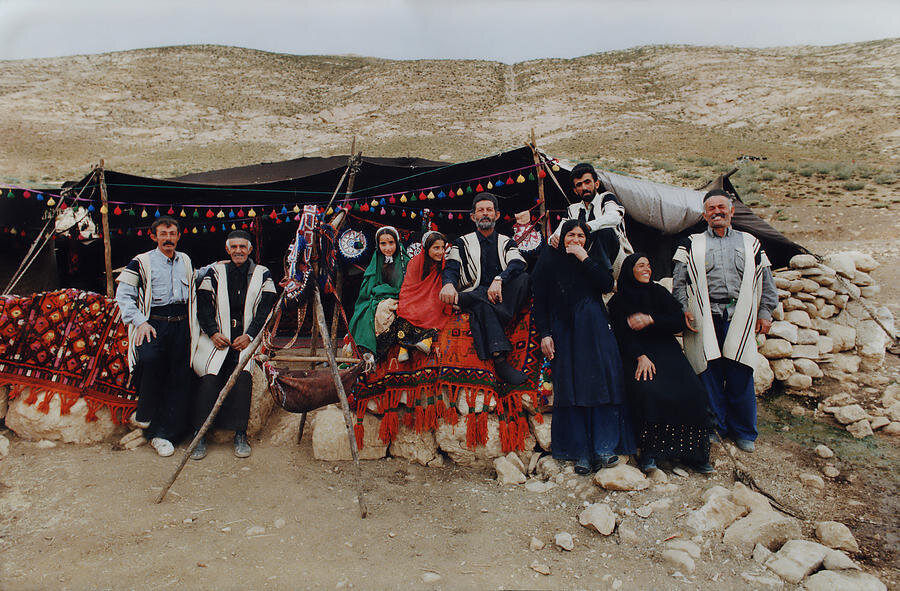A peek into nomadic footsteps

TEHRAN – For millennia, the migration of Iranian tribes alongside their livestock in search of fresh grazing pastures remains an exemplar of coexistence with nature.
Historical accounts dating back to the first millennium BC suggest the presence of nomadic tribes within its borders, though the term "Iran" in antiquity did not precisely align with its modern territorial delineations.
Early nomadic tribes initially embraced pastoralism, with a particular focus on horse breeding upon their migration to Iran. Currently, diverse tribes such as Turks, Lurs, Kurds, Arabs, and others persist in maintaining this way of life.
The country’s unique geographical location has long positioned it as one of the world's foremost nomadic regions. According to a recent report by ISNA, archeological findings in southwestern Iran suggest a nomadic history in the region stretching back over 8,000 years.
Migration among Iran's nomadic communities encompasses two primary forms: vertical and horizontal. Vertical migration entails the movement of tribes between plains and highlands, with limited cultivation practices catering primarily to familial needs rather than economic incentives. Conversely, horizontal migration, prevalent in regions like Kerman and Sistan-Baluchestan, involves nomadic tribes traversing vast, arid landscapes, often relying on camels as a cornerstone of their livestock.

The timing of these migrations is intricately linked to temperature fluctuations, rendering it challenging to pinpoint specific migration schedules. Additional factors, including agricultural conditions, grazing resource availability, and tribal dynamics, further influence migration patterns.
The ascendancy of nomadic life has historically intertwined with the formation of significant empires within Iran, exerting substantial influence over governments such as the Seljuks, Timurids, Safavids, Afsharids, Zands, and Qajars.
Nevertheless, various factors, including unmet basic needs and societal shifts, have contributed to the gradual decline of nomadic lifestyles in Iran. As a result, the nomadic population within the country currently stands at a significantly lower proportion compared to settled communities.
One defining characteristic of nomadic cultures is their practice of bartering surplus products, such as carpets, kilims, felt, and mats, in exchange for necessities.
The nomadic nature of life in Iran is predominantly structured around patriarchal systems, with marriages often occurring among relatives or occasionally with external tribes to resolve conflicts or bolster tribal alliances.
Iranian nomads predominantly inhabit provinces like Fars, Chaharmahal-Bakhtiari, Khuzestan, and Isfahan, migrating between winter quarters in steppes and summer quarters in mountainous regions.
For those seeking cultural immersion, spring and summer offer optimal opportunities to visit nomadic tribes, each boasting its unique lifestyle, cuisine, customs, and musical traditions.
AFM
Leave a Comment